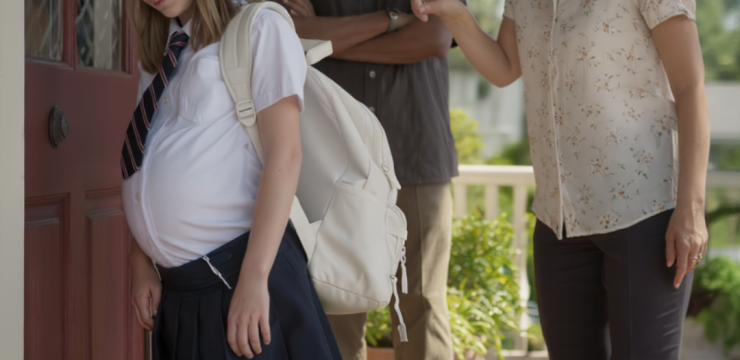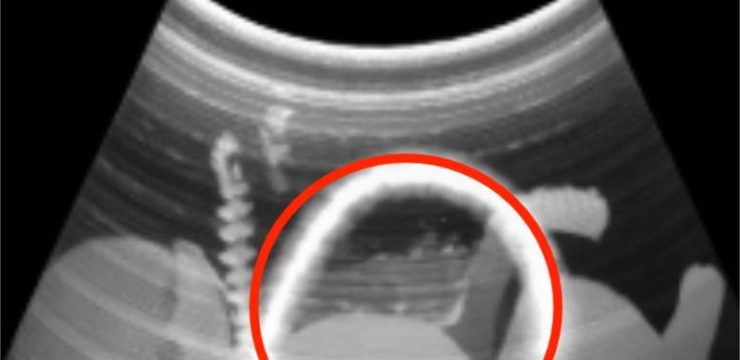When Charlie’s Angels premiered in 1967, it didn’t just introduce a new crime-fighting team to television—it completely transformed how female heroes were portrayed. At a time when men were almost always the main characters in action and drama shows, this groundbreaking series put women at the center of the action, showing them as smart, capable, and confident. Farrah Fawcett, Kate Jackson, and Jaclyn Smith weren’t just playing characters—they were redefining what it meant to be a woman on television.

Before Charlie’s Angels, women in TV dramas were usually cast in supporting roles: the secretary, the girlfriend, the damsel in distress. But this show flipped the script. The three lead characters were private investigators, solving complex crimes and taking down dangerous criminals—all while maintaining a sense of style and poise. The mix of mystery, glamour, and fast-paced action made the show an instant hit, but its deeper impact went far beyond entertainment.
What made Charlie’s Angels truly revolutionary was its ability to shatter long-standing stereotypes. For decades, toughness and intelligence were seen as traditionally masculine traits, especially in pop culture. But the Angels proved that women could be both strong and stylish, fierce and feminine. They didn’t need to sacrifice one for the other. Whether they were chasing suspects, going undercover, or decoding clues, they did it all with sharp minds and standout fashion—turning heads not just because of their beauty, but because of their brilliance.
The fashion aspect of the show quickly became iconic. Farrah Fawcett’s feathered hair and glamorous outfits weren’t just trendy—they became symbols of female empowerment. Instead of dressing down to be taken seriously, the Angels embraced their femininity. Their wardrobe choices weren’t just about looking good; they were a form of self-expression and strength. They showed that a woman didn’t have to hide her identity to be powerful.
Despite multiple cast changes over the years, the core message of Charlie’s Angels remained consistent. The show’s popularity lasted through five seasons and eventually sparked a number of spin-offs, reboots, and blockbuster movies. But even as the franchise evolved, the foundation it built in the late ’60s continued to influence how women were written and portrayed in media.
The cultural ripple effects of Charlie’s Angels were enormous. It opened doors for more diverse and dynamic female characters in television and film. It encouraged writers, producers, and audiences to expect—and demand—more from female roles. It helped move the needle in an industry where gender equality was, and still is, a constant battle. But perhaps most importantly, it inspired generations of women to see themselves as more than background characters in someone else’s story.
For many viewers, the Angels weren’t just TV characters—they were role models. They encouraged young women to be brave, to think independently, and to challenge the expectations placed on them. The show’s popularity wasn’t just about its action scenes or glossy production; it was about the empowerment it projected into homes across America and beyond.
Looking back, Charlie’s Angels was more than just a fun crime drama—it was a cultural milestone. It proved that intelligence, strength, and style aren’t mutually exclusive. It reminded viewers that women could take the lead, solve the case, and look good doing it. The legacy of the Angels lives on today, not just in reboots and nostalgic throwbacks, but in the broader push for strong female leads in all forms of media.
Whether you watched it during its original run or discovered it years later, Charlie’s Angels remains a powerful reminder of how entertainment can influence society. It showed that progress can come in glamorous packages—and that sometimes, all it takes to challenge the norm is a trio of fearless women willing to break the rules.





